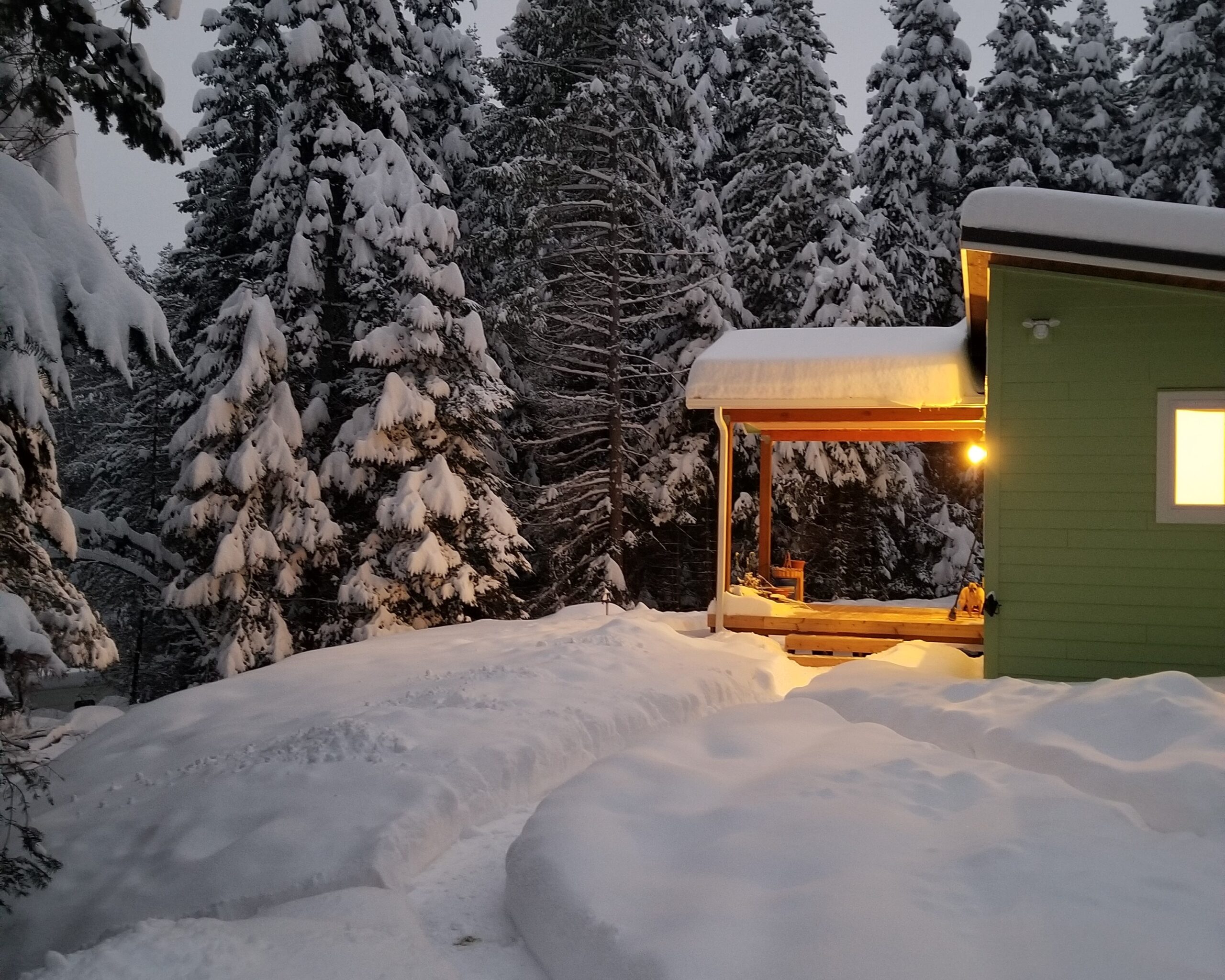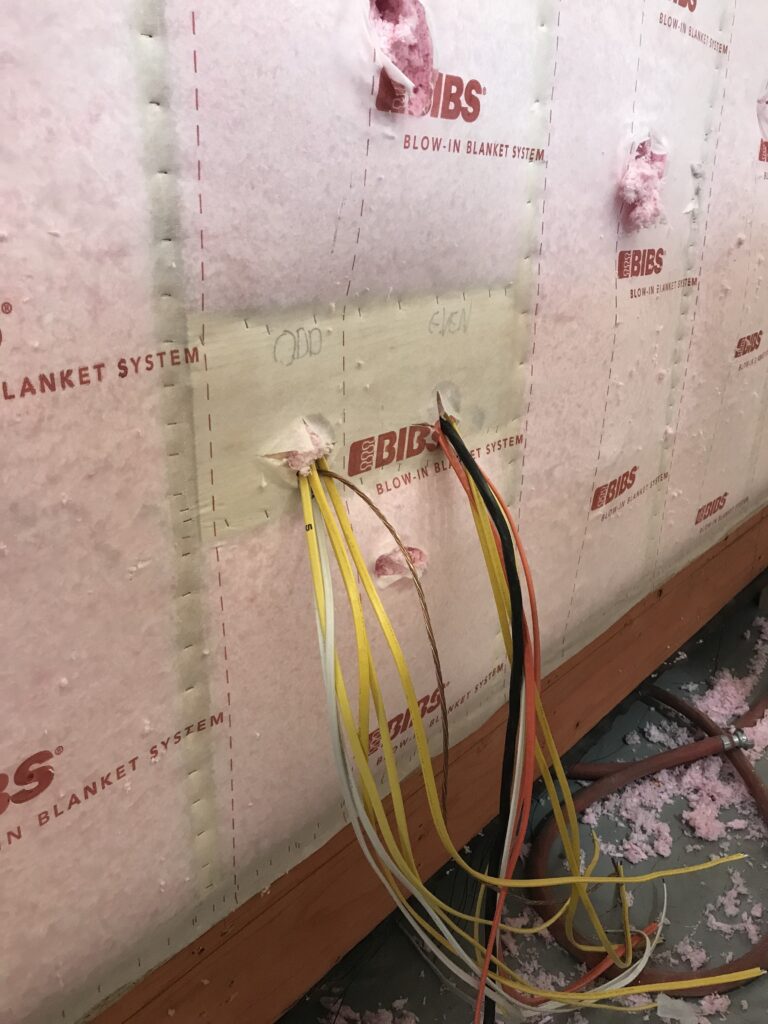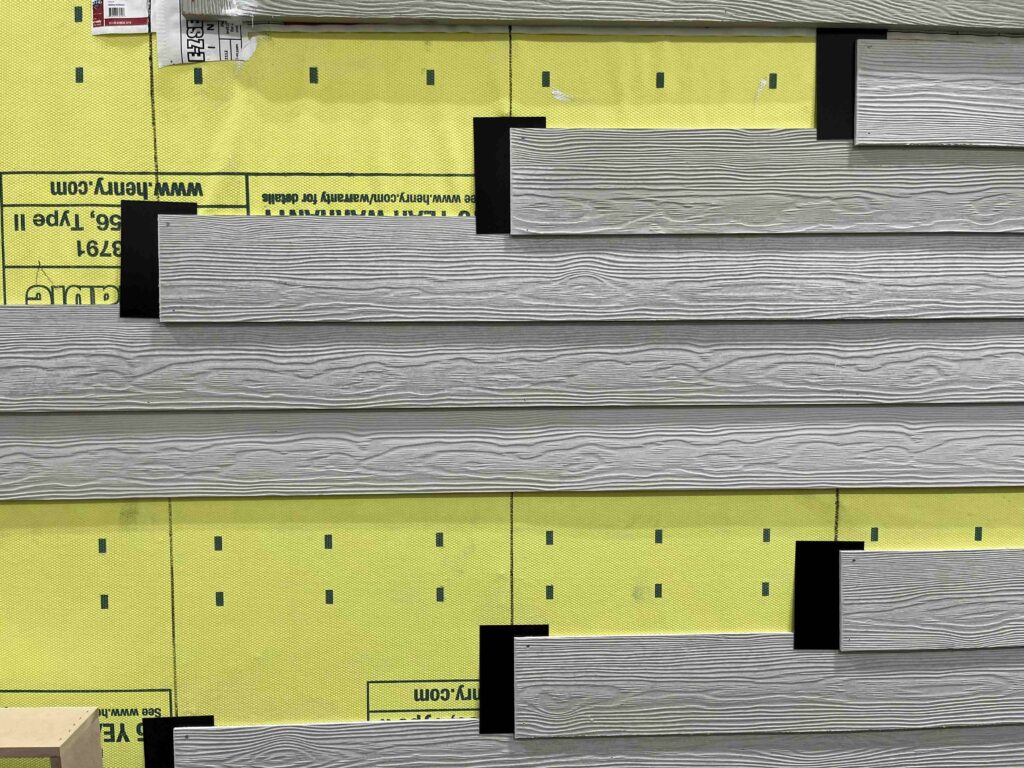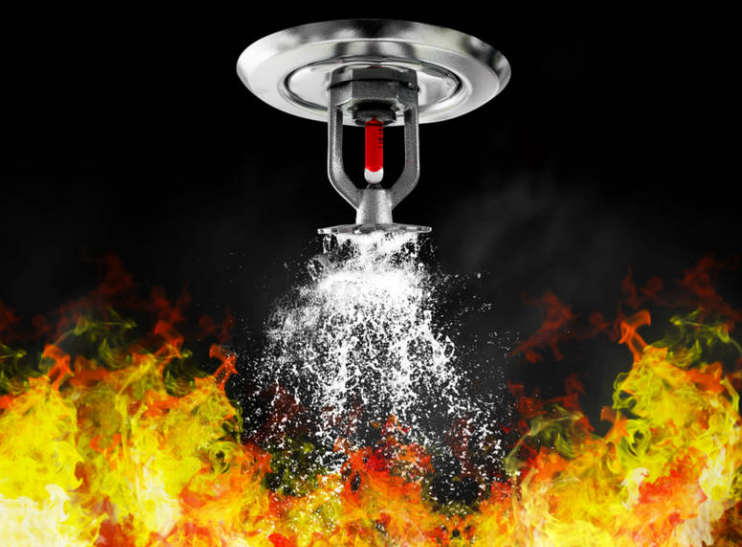Building in a cold climate zone presents unique challenges and opportunities for homeowners and construction professionals alike. From extreme cold temperatures to heavy snowfall, it’s crucial to plan and construct homes that can withstand these harsh conditions while maintaining comfort and energy efficiency. In this article, we’ll explore the essential points to consider when building in a cold climate zone.
- Local Building Codes and Regulations
The first step in any construction project, especially in a cold climate, is to familiarize yourself with local building codes and regulations. Cold climate zones often have specific requirements related to insulation, foundation design, roofing materials, and more. Compliance with these regulations is essential to ensure the safety and durability of your home
2. Effective Insulation
Proper insulation is paramount in cold climates to keep the interior comfortable and reduce heating costs. Consider using high-quality insulation materials in walls, floors, and ceilings. Pay attention to insulation ratings (R-values) and consult with experts to determine the most suitable insulation for your specific climate zone.
Wolf Uses
- BIB System (Blow in Blanket)
- R24 In walls
- R30 In floors
- R50 In Ceiling (R38 in model B & C)
- Spray foam around utilities
IF you want to know more about BIBS read our blog post about it
3.Energy-Efficient Windows and Doors
Cold climates demand energy-efficient windows and doors to prevent heat loss. Look for products with low U-values and high Energy Star ratings. Double or triple-glazed windows with insulated frames can significantly improve energy efficiency and comfort.
4. Heating System Selection
Choosing the right heating system is critical in a cold climate zone. Options such as forced air furnaces, radiant floor heating, or efficient wood stoves can provide consistent warmth. Ensure that your heating system is properly sized for your home’s square footage and that it meets local energy efficiency standards.
5. Snow Load Considerations
Heavy snowfall is a common occurrence in cold climates, and it’s essential to design roofs and supporting structures to withstand snow loads. Consult with structural engineers to calculate the expected snow load for your area and incorporate appropriate reinforcements.
6. Proper Ventilation
Adequate ventilation is necessary to maintain indoor air quality and reduce condensation, which can lead to mold and mildew issues. Balanced mechanical ventilation systems with heat recovery can help maintain a consistent and healthy indoor environment.
7. Foundation Design
Cold climates often experience frost heave, which can damage foundations if not properly accounted for in the design. Consider using frost-protected shallow foundations (FPSFs) or insulated concrete forms (ICFs) to mitigate the effects of freezing and thawing.
8. Exterior Cladding
Choose exterior cladding materials that can withstand extreme cold and protect against moisture infiltration. Fiber cement siding, vinyl siding, or brick veneer are durable options that offer excellent insulation.
9. Snow Management
Develop a plan for snow removal and management around your property. Adequate roof overhangs, snow guards, and well-designed pathways can help prevent snow and ice buildup, ensuring safety and reducing the risk of damage.
10. Energy Efficiency
Emphasize energy efficiency throughout the construction process. From energy-efficient appliances to airtight building envelopes, optimizing energy use not only reduces utility bills but also minimizes environmental impact.
Building in a cold climate zone requires careful planning and attention to detail. By considering local regulations, proper insulation, energy-efficient features, and snow load considerations, you can construct a home that is both comfortable and resilient in extreme cold conditions. With the right design and materials, your cold climate home can provide year-round comfort while minimizing energy costs.







Leave A Comment